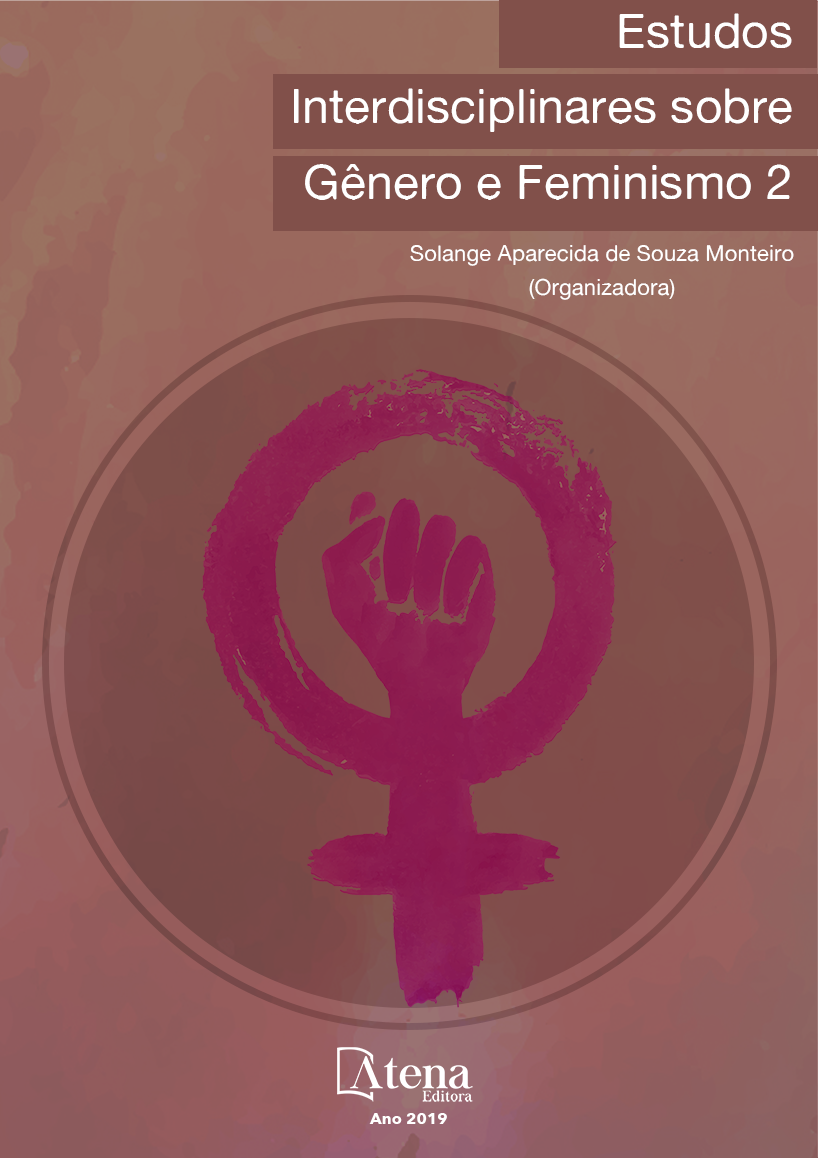
TRAVESTIS, TRANSEXUAIS E TRANSGÊNERAS(OS) EM SITUAÇÃO DE CÁRCERE: NORMATIVAS BRASILEIRAS
Este trabalho tem como objetivo
discutir as políticas públicas no encarceramento
da população brasileira de Lésbicas,
Gays, Bissexuais, Transexuais/Travestis/
Transgêneros (LGBT) na última década, a partir
dos dados oficiais e de revisão bibliográfica.
São usados para isso os dados disponíveis pelo
Ministério da Justiça, no levantamento nacional
de Informações Penitenciárias (INFOPEN,
2014), o relatório da Comissão Interamericana
de Direitos Humanos (CIDH, 2015), intitulado
Violência contra Pessoas Lésbicas, Gays,
Bissexuais, Transgêneras e Intersexuais
(LGBTI) nas Américas, bem como análise das
portarias e projetos de lei que versam sobre o
acolhimento à população LGBT nos Estados de
Alagoas, Rio de Janeiro e São Paulo. Estudos
como de Campell (et al., 2016) apontam que,
desde o momento da prisão até entrada à
unidade prisional são marcados por violências
(principalmente contra mulheres travestis,
transexuais e trans), de modo que tais
violências acabam sendo perpetradas pelos/
as próprios/as agentes públicos de segurança.
Entendendo que em uma série de situações,
o reconhecimento dos seres humanos como
sujeitos de direito pode excluir na teoria e/
ou na prática outros seres humanos, e como
afirma Butler (2017), as estruturas jurídicas,
em sua linguagem, constituem um campo do
poder, ainda que o aparato jurídico exista, os
dados apresentados expressam que pessoas
com gênero-divergente do padrão ainda sofrem
diversas violações e violências em nosso país.
Mesmo o Brasil tendo legislação direcionada à
população LGBT, os desafios ainda são muitos,
principalmente em relação à segurança.
TRAVESTIS, TRANSEXUAIS E TRANSGÊNERAS(OS) EM SITUAÇÃO DE CÁRCERE: NORMATIVAS BRASILEIRAS
-
DOI: 10.22533/at.ed.90119211116
-
Palavras-chave: População “T”, cárcere, normativas.
-
Keywords: “T” population, prison, normative.
-
Abstract:
This paper aims to discuss
public policies on the incarceration of the
Brazilian population of Lesbian, Gay, Bisexual,
Transgender / Transgender / Transgender
(LGBT) in the last decade, based on official data
and bibliographic review. The data available from
the Ministry of Justice in the National Survey on
Penitentiary Information (INFOPEN, 2014), the
report of the Inter-American Commission on Human Rights (IACHR, 2015), entitled
Violence against Lesbian, Gay, Bisexual, Transgender and (LGBTI) in the Americas,
as well as analysis of ordinances and bills dealing with the reception of LGBT people in
the states of Alagoas, Rio de Janeiro and São Paulo. Studies such as de Campell (et
al., 2016) show that from the moment of arrest until entry to the prison unit are marked
by violence (mainly against transvestite, transsexual and trans women), so that such
violence ends up being perpetrated by own public security agents. Understanding that
in a number of situations, the recognition of human beings as subjects of law may
exclude in theory and / or practice other human beings, and as Butler (2017) states,
legal structures, in their language, constitute a field of Although the legal apparatus
exists, the data presented express that people with gender-divergent standards still
suffer various violations and violence in our country. Even though Brazil has legislation
targeting the LGBT population, there are still many challenges, especially regarding
security.
-
Número de páginas: 15
- Vivianny Kelly Galvão
- Verônica Teixeira Marques
- Gabriela Bothrel Echeverria


